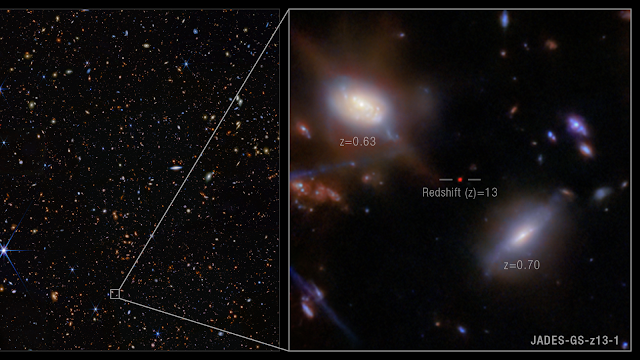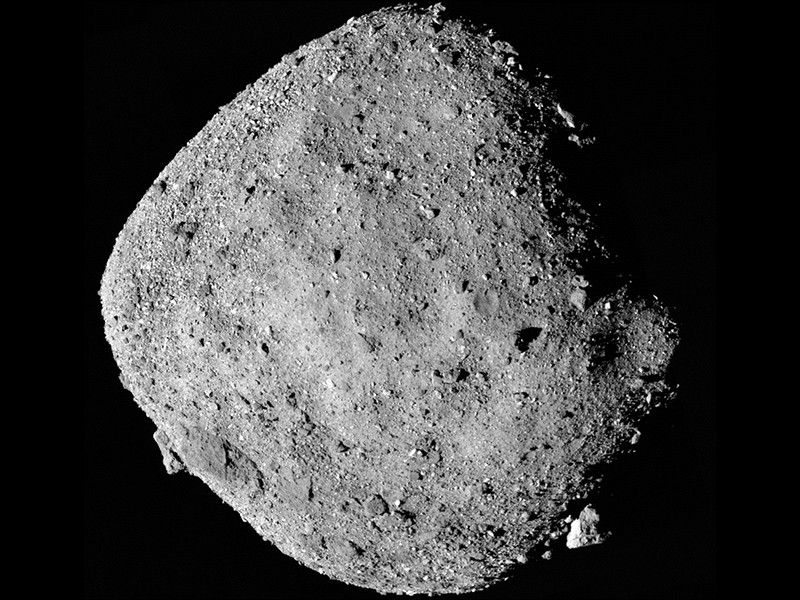💫 10 Mind-Blowing Facts About the Universe You (Probably) Didn’t Know
🌌 Introduction: Welcome to the Cosmic WTF Zone
The universe isn’t just big — it’s unfathomably, ridiculously, blow-your-socks-off enormous. But beyond its size, it’s hiding mysteries, marvels, and madness that even the best sci-fi writers couldn’t invent.
So fasten your mental seatbelt, because we’re about to rocket through 10 of the most mind-blowing facts about the universe — the kind of stuff that’ll leave you staring at the ceiling at 2AM.
🌊 1. There's a Giant Water Cloud in Space — Bigger Than All Earth's Oceans
📍 Location: Around a quasar 12 billion light-years away
This water vapor cloud is 140 trillion times the amount of water in Earth’s oceans. That’s like finding a cosmic swimming pool big enough for every planet to dive in. And yes, it's just floating there — casually.
🔁 2. A Day on Venus Is Longer Than a Year There
 |
Venus Approaching the Sun (7302571680) - PICRYL - Public Domain Media Search Engine Public Domain Image |
Venus takes 243 Earth days to rotate once on its axis — but only 225 Earth days to complete one orbit around the Sun. That means the planet has a longer day than year. Time must be really weird there...
❄️ 3. There’s a Spot in the Universe That’s Colder Than Absolute Zero
The Boomerang Nebula is the coldest known place in the universe — clocking in at just 1 Kelvin (-272°C), colder than the background temperature of space itself. Nature’s freezer, basically.
🌀 4. Neutron Stars Spin at 600+ Times per Second
When massive stars die, they sometimes collapse into neutron stars — objects so dense that a teaspoon of them would weigh a billion tons. Some of them (pulsars) spin hundreds of times per second. That’s faster than your washing machine on overdrive.
🌠 5. The Universe Is Expanding — and It’s Getting Faster
Since the Big Bang, the universe has been expanding. But here's the kicker: it's accelerating, not slowing down. Something called dark energy is pushing it apart — and we still don’t fully know what it is.
💎 6. There's a Planet Made of Diamonds
Discovered in 2011, 55 Cancri e is a super-Earth that's likely composed mostly of carbon — and at those high pressures, that carbon may be in the form of diamond. Forget gold rushes — this is a galactic bling planet.
🕳️ 7. Black Holes Can Evaporate Over Time
Thanks to Stephen Hawking, we know that black holes aren’t forever. They slowly lose mass by emitting radiation — Hawking Radiation — and eventually vanish. So yes, even the universe’s scariest monsters fade away.
🌌 8. Galaxies Collide — Including Ours
The Milky Way and Andromeda galaxies are on a slow-mo collision course. In about 4.5 billion years, they’ll merge into one massive galaxy. Don’t worry — stars won’t crash; the space between them is huge!
🧲 9. There's a Great Attractor Pulling Us In
There’s a mysterious gravitational anomaly pulling galaxies (including ours) toward it. It's called the Great Attractor, and it's hidden behind the Milky Way — we still don’t fully know what it is. Sci-fi? Nope. Real.
🌌 10. We Can Only See 5% of the Universe
Everything we see — stars, galaxies, planets — makes up just 5% of the total universe. The rest? 27% dark matter, 68% dark energy. We can't see it, touch it, or understand it. Yet, it shapes everything.
🚀 Conclusion: Mind. Officially. Blown.
If these facts haven’t fried your brain just a little, go read them again. The universe is vast, weird, and beautiful — and we’ve barely scratched the cosmic surface.
So next time you look up at the night sky, remember: there’s way more out there than meets the eye — or even the telescope.
Slug: mind-blowing-universe-facts
Focus Keyphrase: mind-blowing universe facts
Meta Description: Think you know the universe? These 10 jaw-dropping facts will blow your mind and make you see space in a whole new way.













